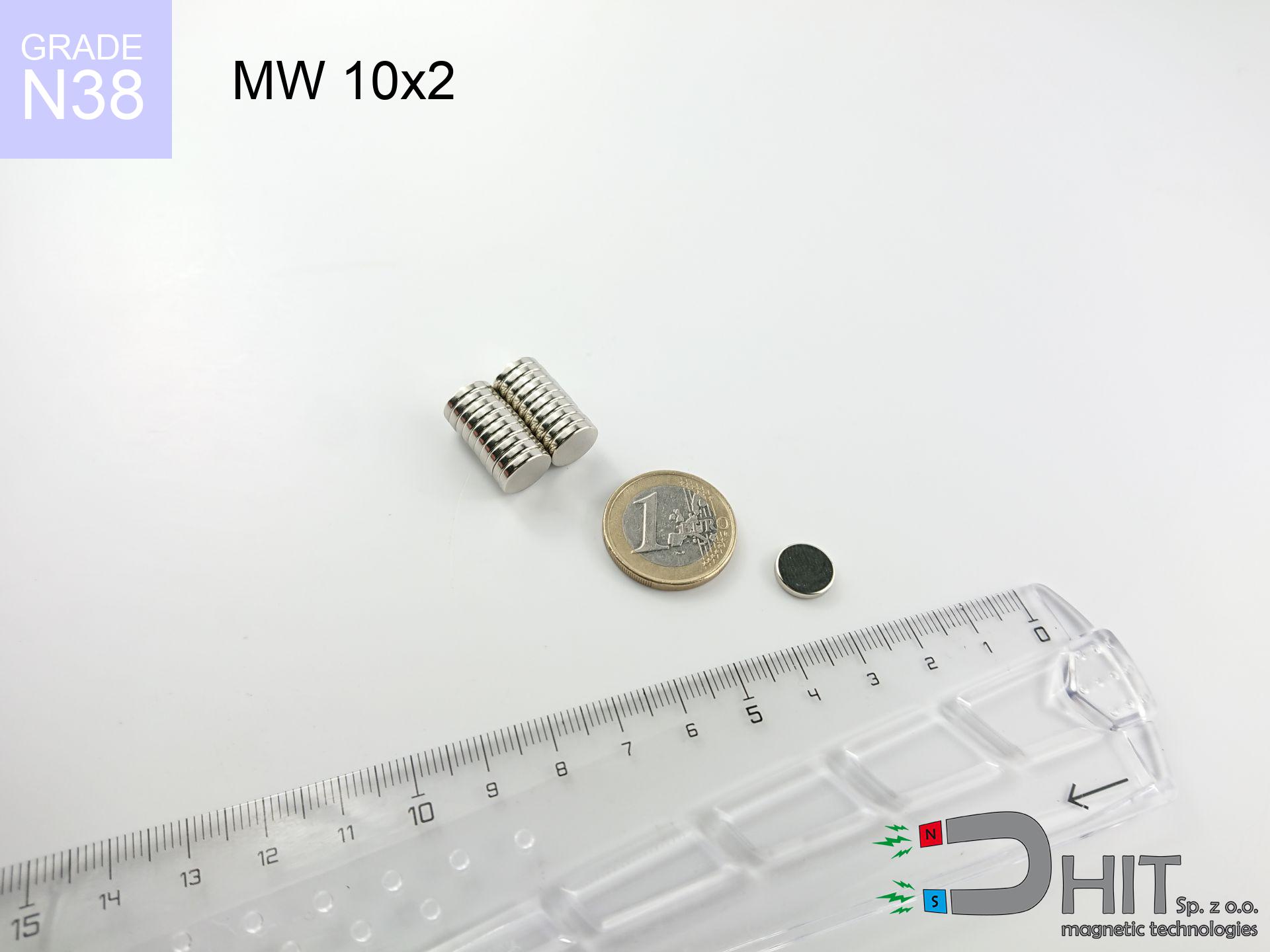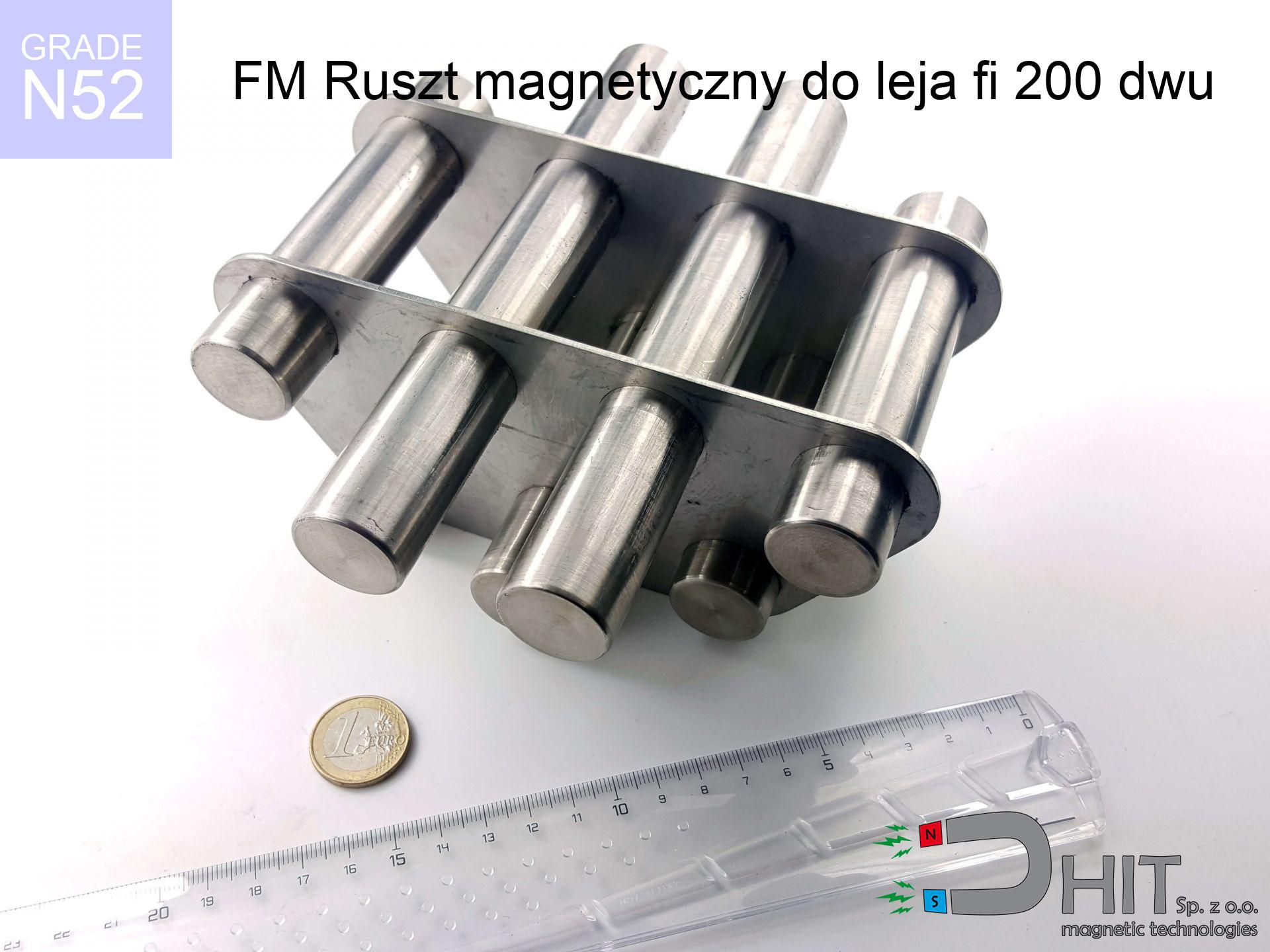BM 650x180x70 [4x M8] - magnetic beam
magnetic beam
Catalog no 090222
GTIN/EAN: 5906301812579
length
650 mm [±1 mm]
Width
180 mm [±1 mm]
Height
70 mm [±1 mm]
Weight
41750 g
6131.43 ZŁ with VAT / pcs + price for transport
4984.90 ZŁ net + 23% VAT / pcs
bulk discounts:
Need more?
Pick up the phone and ask
+48 888 99 98 98
otherwise send us a note via
inquiry form
the contact section.
Specifications along with form of a magnet can be checked using our
power calculator.
Same-day shipping for orders placed before 14:00.
Technical specification of the product - BM 650x180x70 [4x M8] - magnetic beam
Specification / characteristics - BM 650x180x70 [4x M8] - magnetic beam
| properties | values |
|---|---|
| Cat. no. | 090222 |
| GTIN/EAN | 5906301812579 |
| Production/Distribution | Dhit sp. z o.o. |
| Country of origin | Poland / China / Germany |
| Customs code | 85059029 |
| length | 650 mm [±1 mm] |
| Width | 180 mm [±1 mm] |
| Height | 70 mm [±1 mm] |
| Weight | 41750 g |
| Manufacturing Tolerance | ±1 mm |
Physical properties of sintered neodymium magnets Nd2Fe14B at 20°C
| properties | values | units |
|---|---|---|
| Vickers hardness | ≥550 | Hv |
| Density | ≥7.4 | g/cm3 |
| Curie Temperature TC | 312 - 380 | °C |
| Curie Temperature TF | 593 - 716 | °F |
| Specific resistance | 150 | μΩ⋅cm |
| Bending strength | 250 | MPa |
| Compressive strength | 1000~1100 | MPa |
| Thermal expansion parallel (∥) to orientation (M) | (3-4) x 10-6 | °C-1 |
| Thermal expansion perpendicular (⊥) to orientation (M) | -(1-3) x 10-6 | °C-1 |
| Young's modulus | 1.7 x 104 | kg/mm² |
Chemical composition
| iron (Fe) | 64% – 68% |
| neodymium (Nd) | 29% – 32% |
| boron (B) | 1.1% – 1.2% |
| dysprosium (Dy) | 0.5% – 2.0% |
| coating (Ni-Cu-Ni) | < 0.05% |
Ecology and recycling (GPSR)
| recyclability (EoL) | 100% |
| recycled raw materials | ~10% (pre-cons) |
| carbon footprint | low / zredukowany |
| waste code (EWC) | 16 02 16 |
Other deals
Pros as well as cons of rare earth magnets.
Benefits
- They virtually do not lose strength, because even after ten years the decline in efficiency is only ~1% (in laboratory conditions),
- Magnets perfectly protect themselves against loss of magnetization caused by ambient magnetic noise,
- Thanks to the glossy finish, the coating of nickel, gold, or silver gives an elegant appearance,
- Neodymium magnets achieve maximum magnetic induction on a contact point, which increases force concentration,
- Through (appropriate) combination of ingredients, they can achieve high thermal strength, enabling action at temperatures reaching 230°C and above...
- Due to the option of precise forming and customization to unique projects, neodymium magnets can be manufactured in a wide range of forms and dimensions, which expands the range of possible applications,
- Wide application in modern technologies – they serve a role in HDD drives, electromotive mechanisms, medical devices, and other advanced devices.
- Relatively small size with high pulling force – neodymium magnets offer strong magnetic field in compact dimensions, which makes them useful in miniature devices
Cons
- To avoid cracks upon strong impacts, we recommend using special steel housings. Such a solution protects the magnet and simultaneously improves its durability.
- When exposed to high temperature, neodymium magnets suffer a drop in force. Often, when the temperature exceeds 80°C, their strength decreases (depending on the size, as well as shape of the magnet). For those who need magnets for extreme conditions, we offer [AH] versions withstanding up to 230°C
- Magnets exposed to a humid environment can corrode. Therefore when using outdoors, we advise using water-impermeable magnets made of rubber, plastic or other material resistant to moisture
- Due to limitations in realizing nuts and complicated forms in magnets, we propose using casing - magnetic mechanism.
- Possible danger to health – tiny shards of magnets pose a threat, if swallowed, which gains importance in the context of child health protection. It is also worth noting that small components of these devices are able to disrupt the diagnostic process medical in case of swallowing.
- Higher cost of purchase is one of the disadvantages compared to ceramic magnets, especially in budget applications
Holding force characteristics
Highest magnetic holding force – what it depends on?
- using a base made of high-permeability steel, functioning as a ideal flux conductor
- possessing a massiveness of min. 10 mm to ensure full flux closure
- with a surface perfectly flat
- without the slightest clearance between the magnet and steel
- for force acting at a right angle (in the magnet axis)
- at standard ambient temperature
What influences lifting capacity in practice
- Clearance – existence of any layer (rust, dirt, air) acts as an insulator, which reduces capacity rapidly (even by 50% at 0.5 mm).
- Pull-off angle – note that the magnet holds strongest perpendicularly. Under sliding down, the capacity drops significantly, often to levels of 20-30% of the maximum value.
- Substrate thickness – for full efficiency, the steel must be sufficiently thick. Thin sheet restricts the lifting capacity (the magnet "punches through" it).
- Metal type – different alloys attracts identically. High carbon content weaken the interaction with the magnet.
- Surface condition – ground elements ensure maximum contact, which increases force. Rough surfaces weaken the grip.
- Thermal factor – hot environment reduces pulling force. Exceeding the limit temperature can permanently damage the magnet.
Holding force was checked on the plate surface of 20 mm thickness, when a perpendicular force was applied, whereas under parallel forces the lifting capacity is smaller. In addition, even a small distance between the magnet and the plate lowers the load capacity.
Safe handling of neodymium magnets
Do not underestimate power
Exercise caution. Rare earth magnets attract from a distance and connect with huge force, often faster than you can react.
Flammability
Mechanical processing of neodymium magnets carries a risk of fire hazard. Magnetic powder reacts violently with oxygen and is difficult to extinguish.
Risk of cracking
NdFeB magnets are sintered ceramics, meaning they are very brittle. Collision of two magnets will cause them shattering into shards.
Magnetic interference
A powerful magnetic field negatively affects the functioning of compasses in smartphones and navigation systems. Maintain magnets close to a smartphone to avoid breaking the sensors.
Magnetic media
Powerful magnetic fields can destroy records on credit cards, hard drives, and storage devices. Keep a distance of min. 10 cm.
Nickel allergy
Some people have a hypersensitivity to nickel, which is the typical protective layer for NdFeB magnets. Frequent touching may cause a rash. We recommend wear safety gloves.
Implant safety
Medical warning: Strong magnets can turn off heart devices and defibrillators. Do not approach if you have medical devices.
Adults only
Strictly store magnets away from children. Risk of swallowing is significant, and the effects of magnets connecting inside the body are tragic.
Operating temperature
Watch the temperature. Heating the magnet to high heat will permanently weaken its properties and strength.
Finger safety
Pinching hazard: The attraction force is so immense that it can result in blood blisters, pinching, and even bone fractures. Protective gloves are recommended.

![Plate separator BM 650x180x70 [4x M8] Plate separator BM 650x180x70 [4x M8]](https://cdn3.dhit.pl/graphics/banners/magnet.webp)
![BM 650x180x70 [4x M8] - magnetic beam](https://cdn3.dhit.pl/graphics/products/bm-650x180x70-4x-m8-laj.jpg)
![UMH 25x8x45 [M5] / N38 - magnetic holder with hook UMH 25x8x45 [M5] / N38 - magnetic holder with hook](https://cdn3.dhit.pl/graphics/products/umh-25x8x45-m5-cep.jpg)




